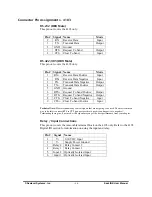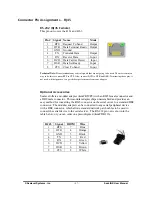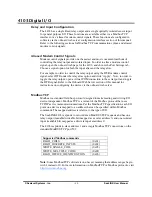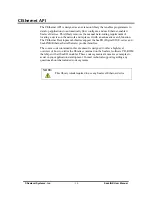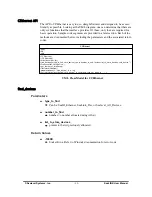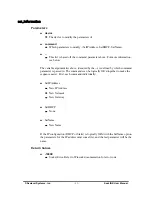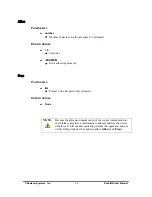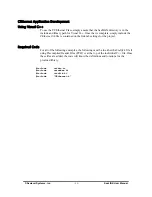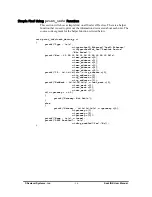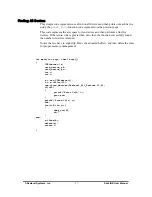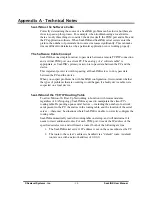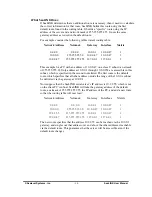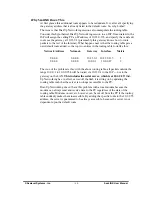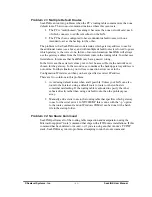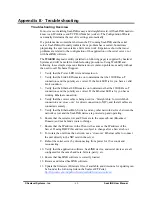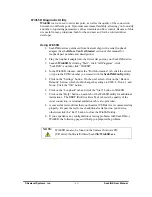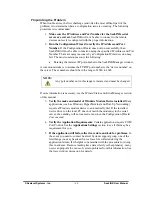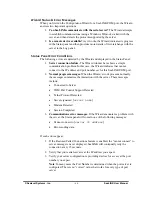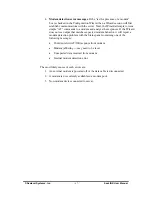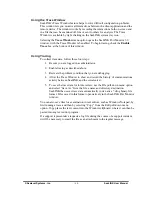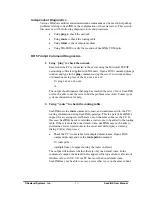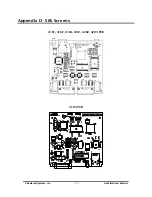
© Sealevel Systems, Inc.
- 60 -
SeaLINK User Manual
Why SeaLINK Does This
At first glance this additional route appears to be redundant. It is, after all, specifying
the gateway address that is already listed in the default route. So, why bother?
The issue is that Dial-Up Networking sessions also manipulate the routing table.
Consider this hypothetical Dial-Up Networking session to an ISP. Once dialed-in, the
ISP will assign the calling PC an IP address of 10.23.0.135, and specify that a default
route use the gateway at 10.23.0.1 (presumably this gateway knows how to route
packets to the rest of the Internet). What happens next is that the routing table gets a
new default route added, so the top two entries in the routing table look like this:
Network Address
Netmask
Gateway
Interface
Metric
0.0.0.0 0.0.0.0
10.23.0.1
10.23.0.135
1
0.0.0.0 0.0.0.0
10.0.0.1
10.0.0.47
2
The crux of the problem is this: with the above routing table, all packets outside the
range 10.0.0.1 to 10.0.0.254 will be routed via 10.23.0.1 to the ISP — not to the
gateway on the LAN.
This includes the serial server, which is at 10.2.2.55!
Dial-
Up Networking has, in effect, sawed off the limb it is sitting on by updating the
routing table such that the server is no longer accessible to the PC.
Dial-Up Networking doesn’t have this problem with a local modem because the
modem can always send and receive data to the PC regardless of the state of the
routing table. Modems on servers, however, can be cut off from the PC if the routing
table suddenly makes them inaccessible. By adding the specific route to the 10.2.2.55
address, the server is guaranteed to be always accessible, because the server is not
dependent upon the default route.

